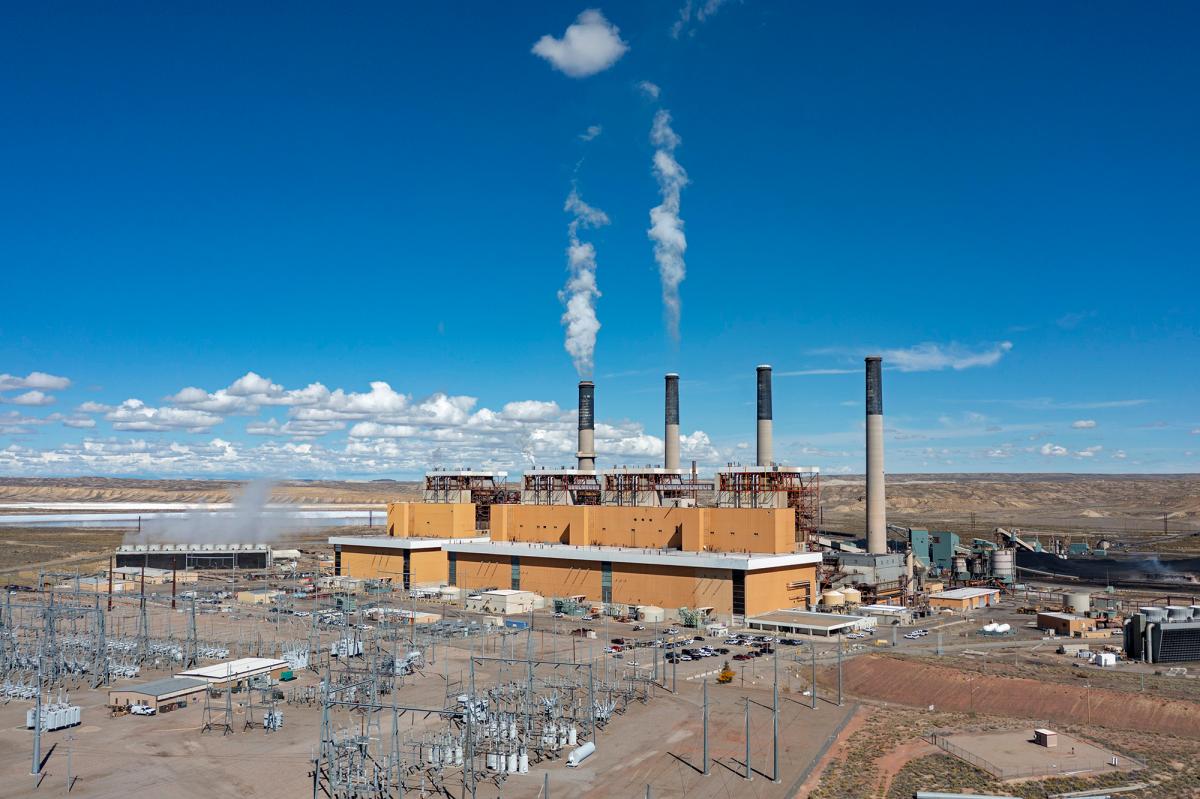Freedom Caucus Vows Budget Cuts Next Session — but Won’t Say How Deep Yet

With input from Oil City News and Wyoming Tribune Eagle.
Cuts are coming, the Wyoming Freedom Caucus says. The only mystery is where the knife lands and how far it goes.
At a Capitol rotunda press conference, House Appropriations Chairman John Bear of Gillette promised to “limit the growth of government” so it doesn’t outrun household paychecks. He said the group is eyeing pre-pandemic spending levels and “setting some targets,” while staying vague about specifics because, as he put it, the entire budget is on the table.
The caucus has been telegraphing this push since spring, when members said they’d take cues from the Trump administration’s downsizing playbook and “DOGE” Wyoming’s budget. Since then, their new subcommittee has zeroed in on the Department of Health, the state’s biggest line item, warning of a looming “fiscal cliff” driven by what Sheridan Rep. Ken Pendergraft calls unsustainable spending.
Their timing is interesting. A fresh Consensus Revenue Estimating Group report did not forecast an immediate bust like 2017 or 2021. Instead, it flagged a budget milestone: the state’s investment portfolio earned a record $1.86 billion, outpacing mineral revenues for the first time. In other words, the savings account beat the oil patch. Even so, Freedom Caucus members argue that now — while the sky isn’t falling — is the time to trim. Pendergraft framed it as living within, and even beneath, the state’s means so Wyoming isn’t scrambling when the cycle turns.
That debate is unfolding as many residents feel squeezed. Property tax bills are still a sore spot, and the federal shutdown has frozen SNAP benefits and other aid many families depend on to buy groceries or heat their homes. Gov. Mark Gordon declared a public welfare emergency to push state dollars to food pantries while Washington stalls, underscoring the real-world stakes behind the budget rhetoric.
Recent history suggests the cutting will be contentious. Earlier this year the Senate refused to pass a supplemental budget — an unprecedented standoff — and in 2024 the main budget survived the Senate by just two votes after most Freedom Caucus-aligned House members opposed it. Asked how confident he is that lawmakers can pass a budget in 2026, Bear called the concern legitimate but noted the Legislature can’t go home without one. He said last session’s breakdown pushed him to work on relationships across chambers, but the bottom line remains: there will be no adjournment without a budget.
Not everyone is buying the cut-first framing. Senate Majority Floor Leader Ogden Driskill, a longtime critic of the caucus, said he’s waiting for specifics. It’s easy to talk “motherhood and apple pie,” he quipped, until you reveal actual reductions. He supports efficient, smaller government and rooting out waste, fraud and abuse, but worries the state could “cut ourselves into a budget crisis” if ideology outruns math. Laramie Democrat Trey Sherwood took a different tack altogether, celebrating the state’s record investment earnings as a turning point. In her view, Wyoming has finally lined up enough investment income to help cover essential services without raising taxes, though she stressed the budget is about people, not just numbers on a page.
The CREG report adds a few caution flags of its own. While investment earnings are soaring, they’re volatile by nature, and short-term rates are already slipping. Some key revenue streams — like sales and use taxes to the General Fund and royalties for the school account — lagged January projections, even as severance taxes and federal mineral royalties slightly beat expectations. The broader revenue mix remains exposed to energy markets and global finance, a feature of Wyoming’s economy that won’t vanish. Still, the state got a confidence boost from S&P, which upgraded Wyoming to AA+, citing conservative forecasting, active budget monitoring and very high reserves.
All of that now feeds into the governor’s budget proposal, due in December, just as the Joint Appropriations Committee starts hearings. The full Legislature returns to Cheyenne on Feb. 9. The Freedom Caucus hasn’t said when it will unveil detailed targets, but the message is clear: they want to come in lighter than last time. Whether there’s a majority willing to back those cuts — and whether the revenue picture stays calm enough to make them by choice rather than necessity — will define the 2026 session.









The latest news in your social feeds
Subscribe to our social media platforms to stay tuned